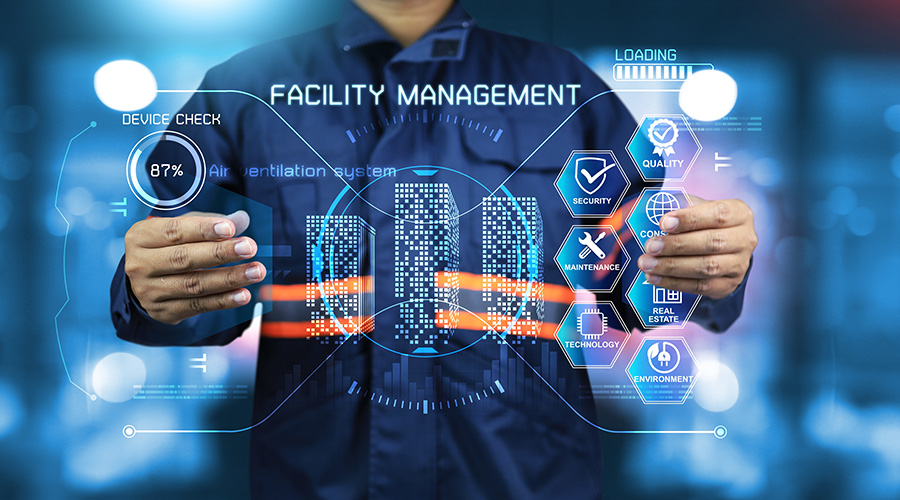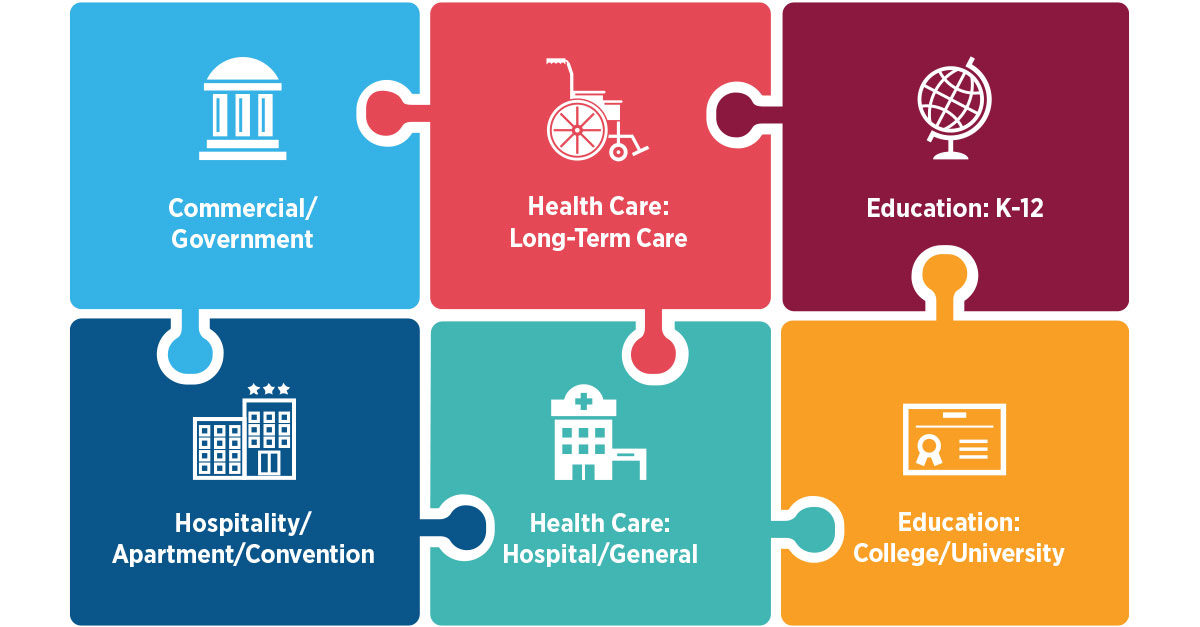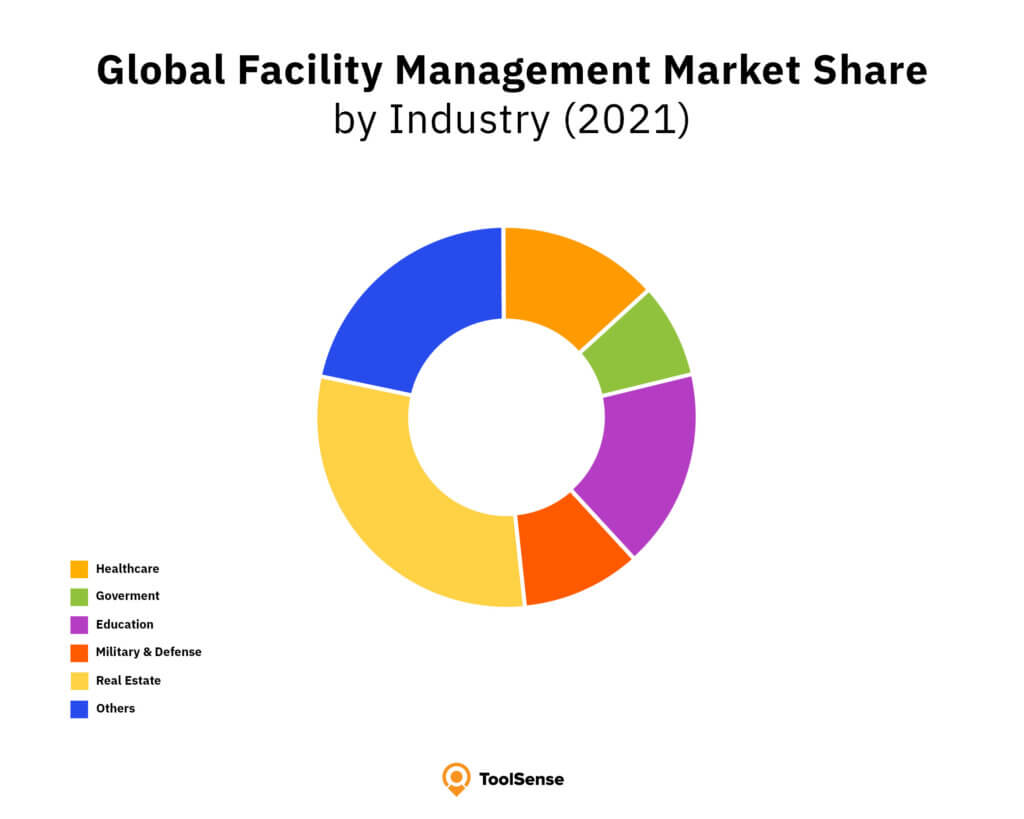Comprehensive Overview to Facility Management for Businesses
Wiki Article
Key Trends Forming the Future of Center Monitoring in 2024
As we look in advance to 2024, the landscape of center management is positioned for considerable change, driven by several vital trends. The integration of clever structure technologies and a shift in the direction of data-driven decision-making assurance to improve operational effectiveness while prioritizing sustainability in method.Smart Structure Technologies

Smart structure innovations encompass a broad variety of systems, consisting of intelligent illumination, cooling and heating controls, and security systems. By integrating these systems, facility supervisors can monitor and readjust specifications in real-time, resulting in substantial reductions in power waste and functional expenses. Wise sensing units can find occupancy levels and change illumination and temperature accordingly, guaranteeing that power is only utilized when essential.
Additionally, these innovations assist in improved information collection, allowing organizations to track use patterns and determine opportunities for additional improvements. The implementation of wise building technologies not only contributes to sustainability goals but likewise creates healthier job settings that can enhance staff member productivity and complete satisfaction.
As we move into 2024, the fostering of clever structure innovations will likely increase, mirroring a broader change towards more intelligent, receptive, and lasting facility management methods.
Data-Driven Choice Making
Increasingly, companies are leveraging data-driven decision making to boost facility administration techniques. By using information analytics, center managers can obtain workable insights that significantly enhance operational efficiency and resource allotment. The assimilation of advanced modern technologies, such as IoT sensing units and real-time monitoring systems, allows the collection of vast amounts of data on structure efficiency, tenancy prices, and power usage.This wealth of details permits center supervisors to recognize fads, predict maintenance requirements, and proactively address concerns prior to they rise. As an example, predictive analytics can anticipate tools failures, decreasing downtime and repair service costs. Furthermore, data visualization devices facilitate better interaction among stakeholders, ensuring that informed choices are made collaboratively.
In addition, data-driven techniques enhance critical preparation by allowing facility supervisors to analyze the performance of current techniques and make educated options pertaining to investments in innovation or infrastructure. As companies increasingly prioritize functional excellence, data-driven choice making is poised to end up being a keystone of effective center monitoring methods in 2024 and past. Inevitably, the capacity to leverage information efficiently will empower companies to develop much more reliable, productive, and resistant facilities.
Sustainability and Environment-friendly Practices
The focus on data-driven choice making normally lines up with the growing concentrate on sustainability and eco-friendly methods within center management. As companies significantly focus on environmental responsibility, facility managers are leveraging analytics to maximize resource usage, minimize waste, and reduce carbon impacts. This strategic strategy makes it possible for the assimilation of energy-efficient systems, such as LED lighting, wise a/c controls, and renewable energy resources right into center operations.In addition, the application of sustainable techniques extends beyond power consumption. Center managers are embracing environment-friendly products and promoting recycling efforts to develop a circular economic climate within their centers. This not only boosts the environmental profile of the company but likewise fosters a culture of sustainability amongst staff members.
Conformity with environmental policies is one more essential facet driving the fostering of environment-friendly techniques. By utilizing information analytics, center managers can keep track of conformity metrics and determine areas for improvement, making certain adherence to neighborhood and global sustainability standards.
Crossbreed Work Designs
A significant shift in the direction of hybrid work models is reshaping the landscape of facility monitoring in 2024. This standard combines remote and in-office job, requiring a reevaluation of area utilization, source appropriation, and employee involvement approaches. Organizations are significantly recognizing the relevance of adaptable work areas that accommodate diverse needs and choices.Facility supervisors must adjust by executing flexible office layouts that support collective efforts while supplying locations for look at this website focused work. This includes the assimilation of technology to facilitate seamless communication and cooperation amongst in-office and remote workers. Smart building remedies, geared up with analytics and sensing units, enable real-time tracking of space usage, enabling companies to enhance their atmospheres effectively.
Furthermore, crossbreed work versions highlight the need for reliable center administration that prioritizes employee experience. This includes not just innovation and space design however also the advancement of plans that promote a well balanced work-life dynamic. As companies navigate this change, the duty of facility management comes to be essential in developing an active office that fosters productivity and drives business success. Basically, the hybrid work model is revolutionizing facility monitoring, urging a positive method to satisfy the advancing demands of the workforce.
Enhanced Occupant Wellness
As companies accept hybrid work versions, an enhanced concentrate on occupant health is coming to be indispensable to facility monitoring strategies. Facility Management. This change recognizes that a healthy and satisfied labor force straight affects performance and retention prices. Center managers are now focusing on atmospheres that promote psychological and physical well-being, integrating aspects such as natural illumination, biophilic style, and easily accessible wellness resources

Innovation plays a critical function in this development. Smart structure systems can keep track of environmental aspects and change setups in real-time, ensuring optimum comfort levels - Facility Management. Responses mechanisms, such as occupancy sensors and employee surveys, allow center managers to constantly fine-tune wellness efforts based on owner demands.

Conclusion
In 2024, the future of facility management will be significantly affected by the assimilation of clever structure innovations and data-driven decision-making, promoting enhanced functional effectiveness. Sustainability efforts will prioritize eco-friendly practices, while the introduction of hybrid job designs will require versatile workplace styles. An enhanced emphasis on owner wellness with advanced here HVAC systems and check out this site biophilic design will certainly add to healthier job environments. These patterns jointly highlight the evolving landscape of center management in feedback to contemporary challenges and possibilities.Facility supervisors are advertising and adopting eco-friendly materials reusing initiatives to produce a round economy within their centers.A substantial change towards crossbreed work models is improving the landscape of center management in 2024.Furthermore, hybrid job designs stress the demand for effective facility monitoring that prioritizes staff member experience.As companies accept hybrid job models, an enhanced emphasis on passenger health is ending up being essential to facility administration approaches.In 2024, the future of center management will be significantly influenced by the assimilation of smart building technologies and data-driven decision-making, cultivating improved functional effectiveness.
Report this wiki page